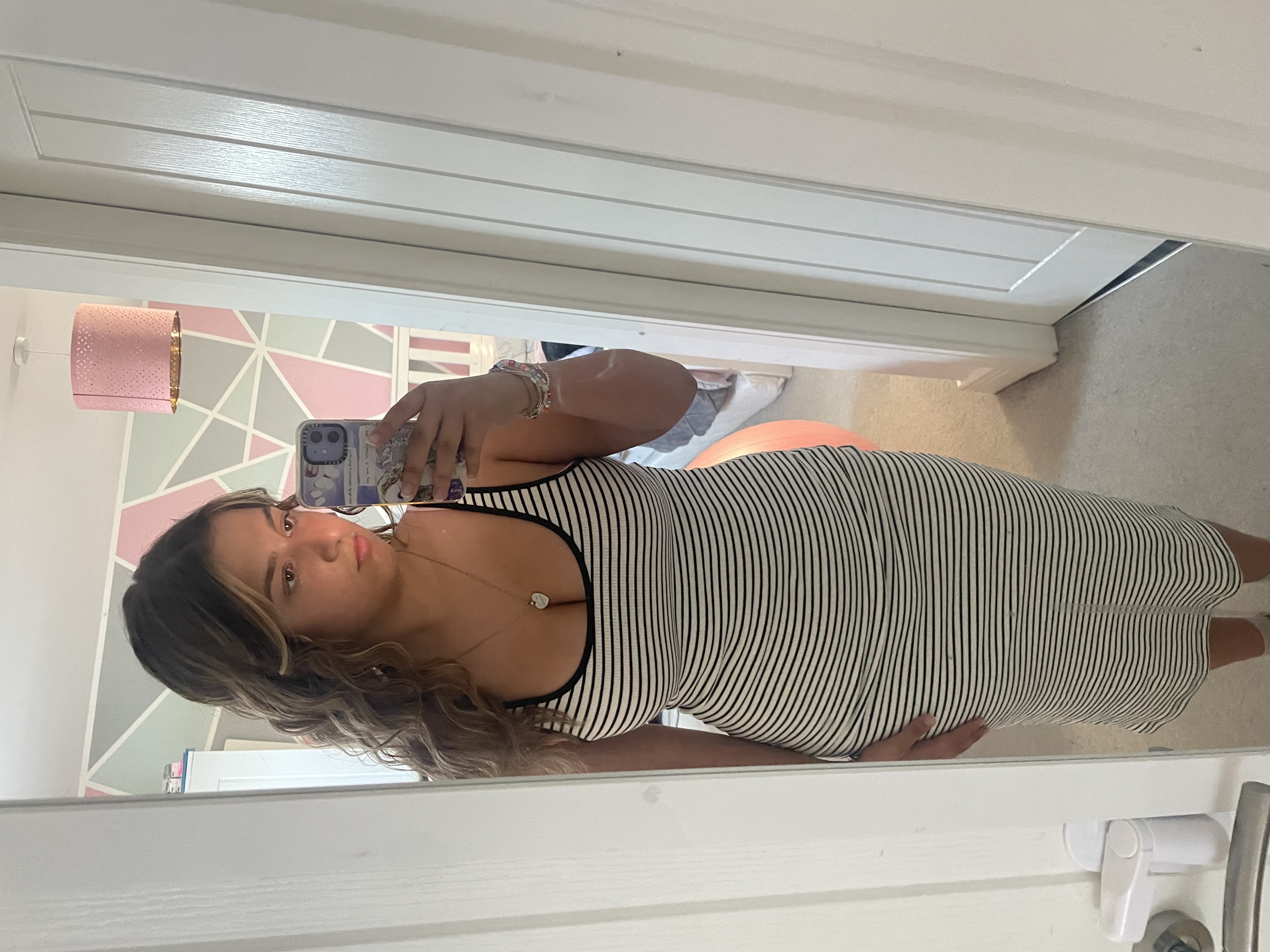A level biology
Subdecks (19)
Cloning and biotechnology
A level biology38 cardsManipulating genomes
A level biology35 cardsCellular control
A level biology96 cardsPhotosynthesis and respiration
A level biology180 cardsClassification, evolution and biodiversity
A level biology124 cardsCommunicable disease
A level biology112 cardsExchange surfaces
A level biology17 cardsTransport in plants
A level biology56 cardsNucleic acids and enzymes
A level biology26 cardsBiological molecules
A level biology63 cardsCell division
A level biology193 cardsBiological membranes
A level biology27 cardsCell Structure
A level biology51 cardsBiology plant and animal response
A level biology245 cardsBiology neuronal and hormonal communication
A level biology459 cardsBiology transport in plants
A level biology79 cardsBiological molecules
A level biology99 cardsExcretion, communication and homeostasis
A level biology104 cards
